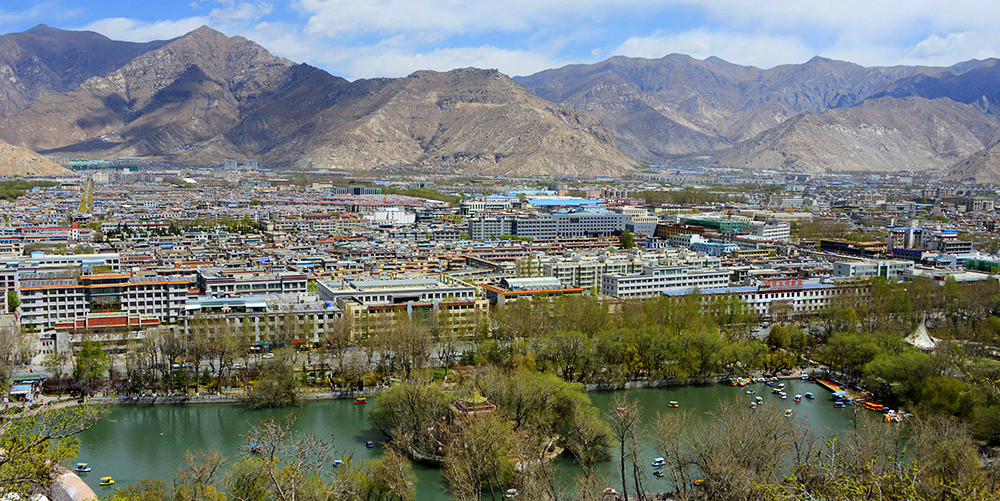Majestic Potala Palace
The Potala Palace stands as the crowning jewel of Lhasa, Tibet's capital, a magnificent symbol of Tibetan Buddhism and its rich history. Perched atop Marpo Ri hill, this architectural marvel was once the winter residence of the Dalai Lama.
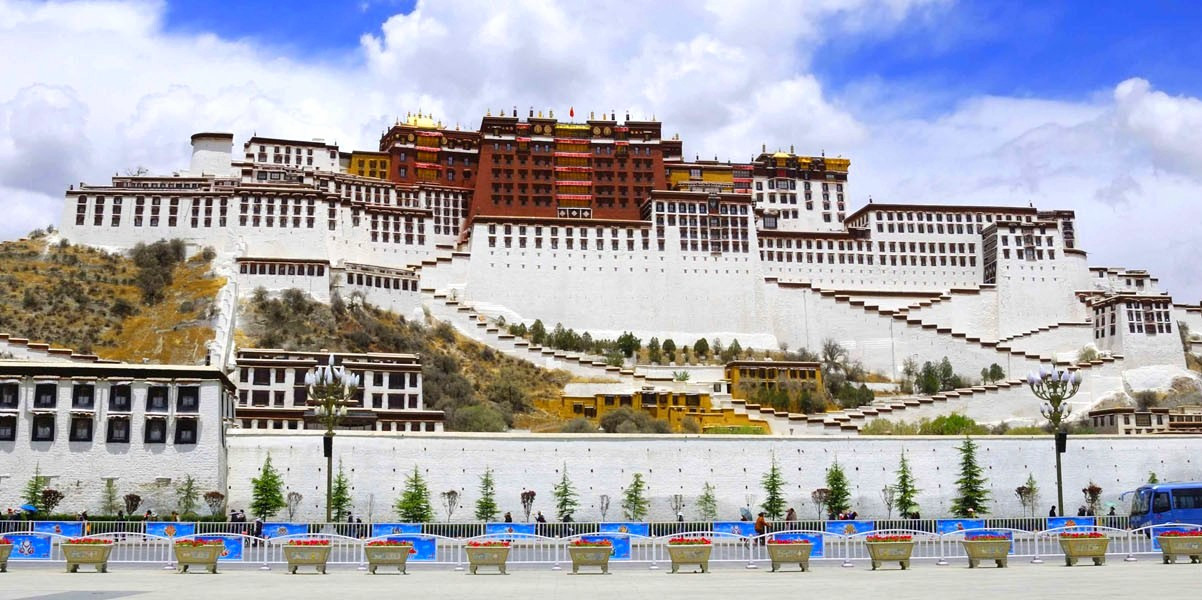
-
Historical Significance: Built in the 17th century by the 5th Dalai Lama, the Potala Palace has served as the winter residence of successive Dalai Lamas, making it a central figure in Tibet's political and spiritual life. It encapsulates centuries of Tibetan history, from its origins as a fortress to its status as a UNESCO World Heritage Site, preserving the legacy of the Dalai Lama and Tibetan Buddhism.
-
The Spiritual Heart of Tibet: The palace is not just a residence; it's a sacred site. The Red Palace, in particular, is devoted to religious study and prayer, housing important religious artefacts, scriptures, and the tombs of past Dalai Lamas. These elements make the Potala Palace a pilgrimage site for Buddhists, embodying the spiritual essence of Tibetan Buddhism.
-
Artistic Treasure Trove: Inside, the Potala Palace is adorned with an exquisite collection of art, including murals, thangkas (Tibetan silk paintings), statues, and stupas. These artworks narrate the stories of Buddha, various deities, and significant moments in Tibetan Buddhism and history, offering a visual feast that enriches visitors' understanding of Tibetan culture.
-
Panoramic Views of Lhasa: The palace's elevated position offers unparalleled views of Lhasa and the surrounding Himalayas, providing a physical and metaphorical high point for visitors. This aspect highlights the palace's integration with the natural beauty of Tibet, reinforcing its status as a landmark not only of cultural importance but also of natural wonder.
-
Symbol of Resilience: Despite the political changes and challenges faced by Tibet, the Potala Palace stands as a symbol of the resilience and enduring spirit of the Tibetan people. It continues to attract visitors from around the world, serving as a testament to the strength of Tibetan cultural identity.
-
Educational Insight: Tours of the Potala Palace offer educational insights into the complexities of Tibetan Buddhism, monastic life, and the historical significance of the Dalai Lama. This visit the palace was not just a touristic activity but a profound learning experience.
Visiting the Potala Palace with Relax Getaways ensures that travelers not only witness the grandeur of this iconic structure but also gain a deep appreciation for its cultural, historical, and spiritual significance.
Jokhang Temple
The Jokhang Temple, situated at the heart of Lhasa, is the most revered religious site in Tibet, embodying the soul of Tibetan Buddhism and the devotion of its people. Founded in the 7th century by King Songtsen Gampo to house the precious Jowo Rinpoche statue, a representation of Buddha Sakyamuni at age twelve, the temple stands as a testament to the profound spiritual and historical significance it holds for Tibetans.
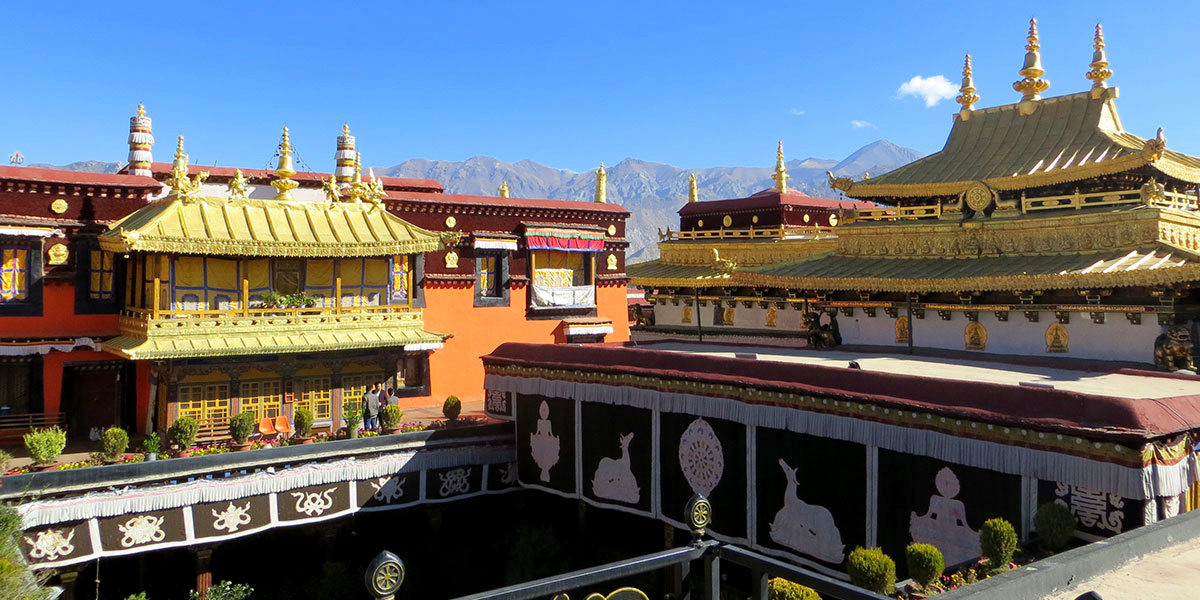
-
Centre of Tibetan Buddhism: The Jokhang Temple is considered the ultimate pilgrimage destination for Tibetan Buddhists. Its central shrine, containing the Jowo Rinpoche, attracts thousands of pilgrims from all corners of Tibet, who come to prostrate, pray, and circumambulate the temple, demonstrating their unwavering faith and devotion.
-
Architectural Blend: Reflecting a fusion of Indian, Tibetan, Nepalese, and Chinese architectural styles, the temple's design is both unique and symbolic. Its intricate murals, wooden sculptures, and golden roofs not only embellish its structure but also narrate stories of Buddhism, showcasing the artistic and cultural exchanges that have enriched Tibetan spirituality.
-
Historical and Cultural Epicentre: Beyond its religious significance, the Jokhang Temple serves as a cultural epicentre, located within the Barkhor market area—a bustling circuit of shops, stalls, and traditional Tibetan houses. This proximity allows visitors to experience the vibrancy of Tibetan daily life and commerce, making the temple a focal point of Lhasa's communal and spiritual identity.
-
UNESCO World Heritage Site: As part of the "Historic Ensemble of the Potala Palace," the Jokhang Temple was recognised by UNESCO for its outstanding universal value, emphasising its importance in the religious, cultural, and historical fabric of Tibet and the world.
-
Spiritual Practices and Rituals: The temple is a living centre of Buddhist worship and practice, where rituals, prayers, and ceremonies are performed daily. Observing these practices offers insights into the depth of Tibetan Buddhism, from philosophical teachings to the vibrant expressions of faith.
-
Preservation of Tibetan Identity: Amidst the modern changes Lhasa has undergone, the Jokhang Temple remains a bastion of Tibetan identity and spirituality. Its enduring presence symbolises the resilience of the Tibetan culture and its people's commitment to their spiritual heritage.
-
Access to Tibetan Buddhism: For visitors, the temple provides an unparalleled opportunity to engage with the essence of Tibetan Buddhism up close. Whether participating in teachings, receiving blessings, or simply soaking in the atmosphere of devotion, the Jokhang Temple offers a profound connection to the spiritual heart of Tibet.
Visiting the Jokhang Temple with Relax Getaways allows travellers to immerse themselves in the sanctity and beauty of Tibet's most sacred site. Our guided experiences ensure that visitors not only witness the temple's magnificence but also understand its significance in the lives of Tibetans and the broader context of Buddhism.
Sera Monastery
The Sera Monastery is one of the great three university monasteries of Tibet, located just outside Lhasa. Founded in 1419 by Jamchen Chojey of Sakya Yeshe, a disciple of Tsongkhapa, the founder of the Gelugpa school of Tibetan Buddhism, Sera Monastery has played a pivotal role in the development of monastic education and Buddhism in Tibet.
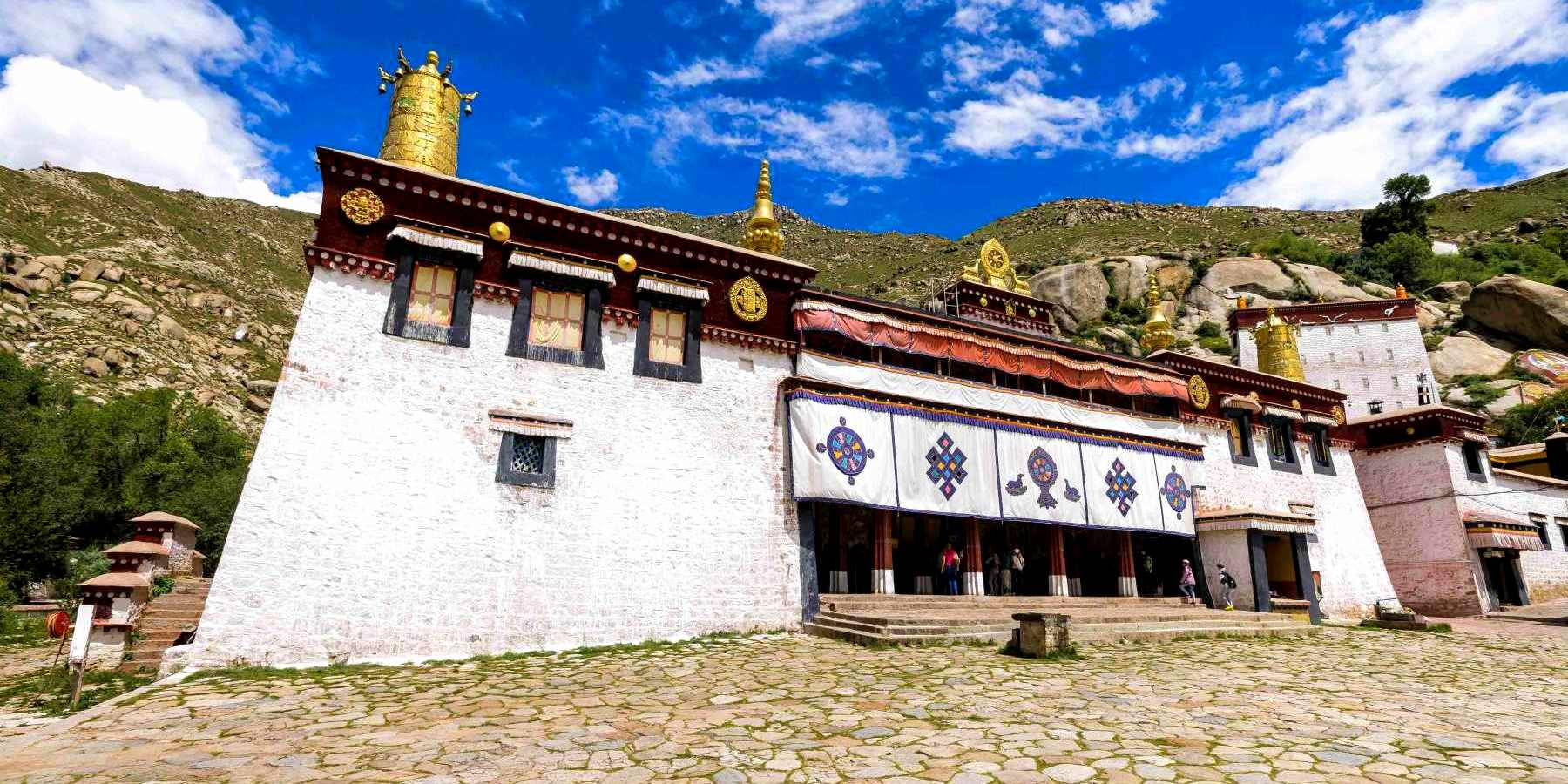
-
Centre for Buddhist Learning and Debate: Sera Monastery is renowned for its distinctive practice of monastic debate. These debates are an essential part of the education for monks, focusing on Buddhist philosophy, metaphysics, and the interpretation of scriptures. The lively debates, characterized by animated gestures and sharp questions, are open for visitors to observe, offering a unique insight into the intellectual rigor of monastic life.
-
Architectural and Artistic Heritage: The monastery complex is a splendid example of Tibetan religious architecture, consisting of the Great Assembly Hall, three colleges (Sera Je, Sera Me, and Ngagpa College), and numerous chapels. Its buildings are adorned with beautiful thangkas, statues, and murals that depict various aspects of Buddhist theology and history, contributing to the rich tapestry of Tibetan cultural heritage.
-
Living Tradition of Tibetan Buddhism: Despite the challenges faced throughout its history, including the Cultural Revolution, Sera Monastery remains a vibrant center of religious activity and study. It continues to be home to hundreds of monks who live, study, and practice Buddhism, preserving the traditions of the Gelugpa order.
-
Educational Institution: Sera Monastery functions not only as a religious site but also as an educational institution. It offers monks an extensive education in Buddhist philosophy, sutras, and tantras, culminating in the Geshe degree, the Tibetan equivalent of a doctoral degree in Buddhist studies.
-
Cultural and Spiritual Tours: For visitors, Sera Monastery provides a profound cultural and spiritual experience. The opportunity to witness the debates, explore the chapels, and interact with the monastic community offers a deeper understanding of Tibetan Buddhism and its practices.
-
Preservation of Tibetan Culture: The monastery is an important institution for the preservation and dissemination of Tibetan culture, religion, and philosophy. It plays a critical role in maintaining the continuity of Tibetan Buddhism, especially in the face of modernization and political challenges.
-
Engagement with the Local and Global Community: Sera Monastery engages with both the local community and visitors from around the world, providing a bridge between traditional Tibetan Buddhist practices and contemporary interests in spirituality and mindfulness.
Visiting Sera Monastery with Relax Getaways allows travellers to explore one of Tibet's most important religious and educational sites. Our guided tours offer enriching experiences that highlight the monastery's historical significance, architectural beauty, and the vibrant practice of monastic debate, connecting visitors with the living tradition of Tibetan Buddhism.
Barkhor Street
Barkhor Street is a bustling and vibrant part of Lhasa, encircling the sacred Jokhang Temple. This ancient street is not just a commercial hub but a spiritual circuit, deeply interwoven with the cultural and religious life of Tibet. Exploring Barkhor Street with Relax Getaways offers an immersive journey into the heart of Tibetan daily life, spirituality, and heritage.
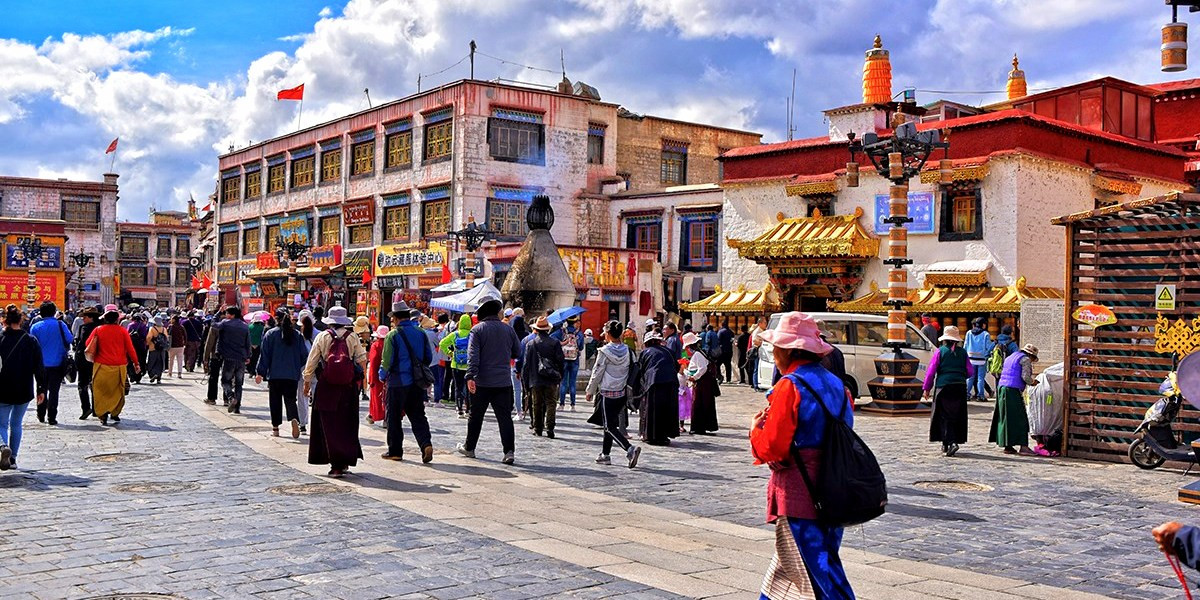
-
Spiritual Circumambulation Path: Barkhor Street serves as a kora (circumambulation path) for pilgrims who walk around the Jokhang Temple in a clockwise direction, often while spinning prayer wheels and reciting mantras. This act of devotion highlights the street's significance beyond its physical structure, embodying the living faith of Tibetan Buddhism.
-
Cultural and Commercial Hub: As Lhasa's most popular open-air market, Barkhor Street thrives with a plethora of shops, stalls, and vendors selling a wide range of Tibetan handicrafts, religious artefacts, traditional clothing, and local delicacies. The market offers a glimpse into the vibrant economic and social life of the city, making it an essential experience for understanding the local culture.
-
Architectural and Historical Significance: The architecture around Barkhor Street reflects traditional Tibetan styles, with beautifully decorated windows, carved woodwork, and painted facades. Walking through the street feels like stepping back in time, offering insights into the historical aspects of Lhasa and the preservation of its architectural heritage.
-
Meeting Points of Cultures: Barkhor Street is a melting pot of Tibetan culture, where locals and visitors from around the world converge. It's a place where one can witness the harmonious blend of different cultures, languages, and traditions, reflecting the inclusive spirit of Tibetan society.
-
Authentic Tibetan Cuisine: The street and its surrounding alleys are dotted with small eateries and tea houses serving authentic Tibetan cuisine. Visitors can savour traditional dishes like momos (dumplings), thukpa (noodle soup), and sweet tea, offering a taste of the region's culinary richness.
-
Centre for Tibetan Handicrafts: Barkhor Street is the best place in Lhasa to find Tibetan handicrafts, including thangkas, prayer flags, silver jewelry, and handmade carpets. Shopping here not only supports the local artisans but also provides an opportunity to take home a piece of Tibetan culture.
-
Living Museum of Tibetan Life: The street acts as a living museum, where the daily life of Tibetans unfolds in a colorful and dynamic display. Observing the interactions, religious practices, and the vibrant street life offers an authentic snapshot of the contemporary and traditional facets of Tibetan society.
Exploring Barkhor Street with Relax Getaways is an essential part of any visit to Lhasa, offering a rich tapestry of cultural, spiritual, and sensory experiences. Our guided tours ensure that visitors fully engage with the lifeblood of Tibet, understanding its people, traditions, and spiritual practices amidst the backdrop of this ancient and lively street.
Natural Beauty and Surroundings
Lhasa, the spiritual and cultural heart of Tibet, is not only renowned for its rich history and religious significance but also for its breathtaking natural beauty and surroundings. Nestled within the majestic Himalayas, Lhasa's landscape offers a serene and awe-inspiring backdrop to the vibrant life within the city. Exploring Lhasa's natural beauty with Relax Getaways provides an unparalleled opportunity to connect with the tranquil and powerful essence of Tibet's environment.
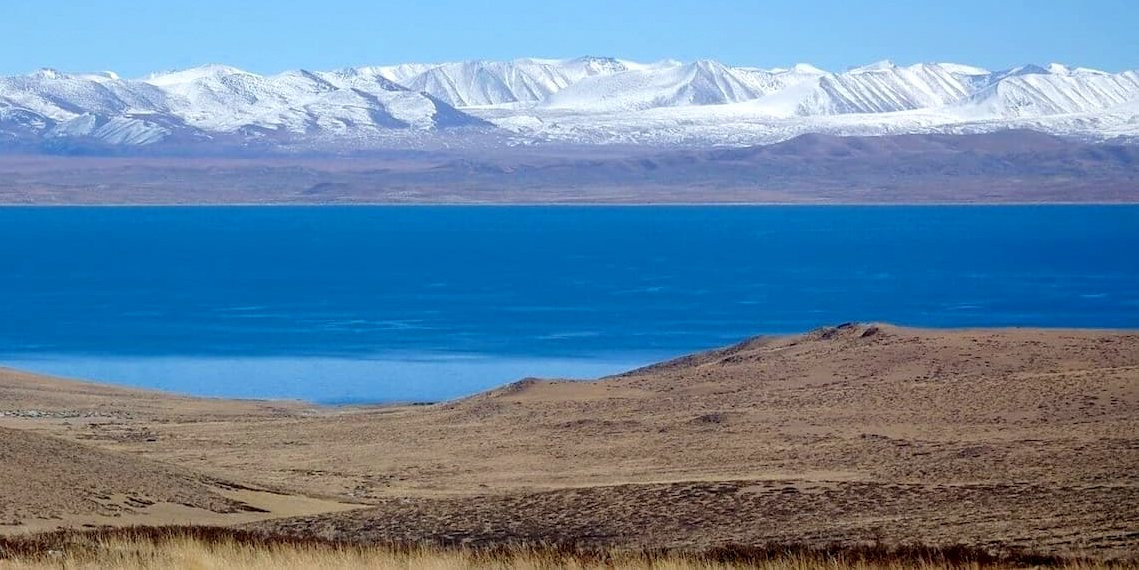
-
Majestic Himalayan Views: The city's unique location affords stunning views of the Himalayan mountain range, providing a constant reminder of nature's grandeur. The snow-capped peaks and clear blue skies create a serene atmosphere that enhances the spiritual experience of visiting Lhasa.
-
Sacred Lakes and Rivers: Surrounding Lhasa are several sacred lakes, including Yamdrok Tso, one of the three largest sacred lakes in Tibet, known for its turquoise waters and spiritual significance. The presence of the Brahmaputra River (locally known as the Yarlung Tsangpo River) adds to the region's natural beauty, flowing through valleys and plains, nourishing the land and its people.
-
Lush Valleys and Wildlife: The valleys around Lhasa, with their fertile lands and diverse flora, offer a glimpse into the agricultural practices and rural life of Tibetans. These areas are also home to a variety of wildlife, including migratory birds, providing opportunities for nature enthusiasts to explore the region's biodiversity.
-
Serene Monasteries and Retreats: Many monasteries and retreats around Lhasa are set against the backdrop of the natural landscape, offering peaceful environments for meditation and contemplation. The integration of these spiritual sites into the natural world emphasises the Tibetan philosophy of living in harmony with nature.
-
Trekking and Outdoor Activities: For the adventurous, the surroundings of Lhasa offer numerous trekking routes and outdoor activities. Hiking in the mountains, visiting nomadic camps, or exploring remote monasteries allows travellers to experience the rugged beauty of the Tibetan plateau firsthand.
-
Conservation Efforts: Recognising the importance of preserving its natural and cultural heritage, efforts are being made to protect the environment around Lhasa. National parks and protected areas ensure the conservation of landscapes, wildlife, and natural resources, contributing to the sustainability of this unique region.
-
Spiritual Connection to Nature: The natural surroundings of Lhasa are deeply intertwined with Tibetan spirituality. Mountains, lakes, and rivers are considered sacred, embodying the spiritual beliefs and practices of the local people. This profound connection to nature adds an enriching dimension to the exploration of Lhasa and its environment.
Exploring the natural beauty and surroundings of Lhasa with Relax Getaways offers an escape into the tranquilly and majesty of Tibet's landscapes. Our guided tours are designed to showcase the harmonious blend of natural splendour and cultural richness, providing a truly holistic experience of this remarkable region.
Exploring Lhasa, the enchanting capital of Tibet, offers a unique journey into a land where spirituality, culture, and breathtaking natural beauty converge. With Relax Getaways, travelers are invited to discover the heart and soul of Tibet through its sacred sites like the majestic Potala Palace, the revered Jokhang Temple, the intellectual hub of Sera Monastery, and the lively Barkhor Street. Each step in Lhasa is a step into a rich tapestry of history, faith, and tradition, set against the backdrop of the awe-inspiring Himalayas. Relax Getaways ensures a responsible and immersive exploration, enriching your travel experience while contributing positively to the local community. Whether you seek spiritual insight, cultural engagement, or the tranquility of nature, Lhasa offers a profound journey of discovery. Join us to experience the essence of Tibet in Lhasa, a city that not only captivates the imagination but also touches the soul.
FAQs for Exploring Lasa: Capital of Tibet
Q: Do I need a special permit to visit Lhasa, Tibet?
A: Yes, all foreign travellers require a Tibet Travel Permit in addition to a Chinese visa to visit Lhasa, Tibet. Relax Getaways can assist you in obtaining this permit as part of our travel package, ensuring hassle-free entry to this unique region.
Q: What is the best time to visit Lhasa?
A: The best time to visit Lhasa is from May to October, when the weather is most favourable, with clear skies, mild temperatures, and minimal rainfall. This period also coincides with several Tibetan festivals, providing a rich cultural experience.
Q: How can I prepare for the high altitude in Lhasa?
A: To acclimatise to Lhasa's high altitude (about 3,650 metres or 11,975 feet), it's recommended to rest for the first few days upon arrival, stay hydrated, eat light meals, and avoid strenuous activities. Relax Getaways provides guidance and support to ensure your comfort and health during your stay.
Q: What are the must-visit sites in Lhasa?
A: The must-visit sites in Lhasa include the Potala Palace, Jokhang Temple, Sera Monastery, and Barkhor Street. Each site offers a unique glimpse into Tibet's spiritual life, history, and culture.
Q: Can I participate in Tibetan festivals during my visit?
A: Yes, participating in Tibetan festivals is a highlight of visiting Lhasa. Relax Getaways can provide information on festival dates and include them in your itinerary when possible, allowing you to experience Tibet's vibrant cultural traditions.
Q: What kind of food can I expect in Lhasa?
A: Lhasa offers a variety of Tibetan, Chinese, and international cuisines. Traditional Tibetan dishes include momos (dumplings), thukpa (noodle soup), and tsampa (barley flour). Vegetarian options are also available, catering to all dietary preferences.
Q: Is it safe to travel to Lhasa?
A: Yes, Lhasa is generally safe for travellers. Relax Getaways ensures that all tours are conducted with the utmost care for your safety, including providing knowledgeable local guides and adhering to all travel advisories and regulations.
Q: How should I dress for a trip to Lhasa?
A: Dress in layers, as temperatures can vary significantly between day and night. Sun protection is essential due to the high altitude. Comfortable walking shoes are recommended for exploring Lhasa's sites and streets.
Q: Can I take photos in the monasteries and temples?
A: Photography rules vary by location. In some monasteries and temples, photography is allowed in the courtyards but not inside the prayer halls. Always ask for permission before taking photos, and be prepared to pay a small fee in places where photography is permitted.
Q: How can I be a responsible traveller in Lhasa?
A: Respect local customs and religious practices, dress modestly, refrain from public displays of affection, and always ask before taking photos of people. Additionally, support the local economy by purchasing from local artisans and eating at local restaurants.
For the Nepal tour, please click here.
If you are looking for different kinds of Nepal Tours or Trekking Packages, feel free to contact us.
